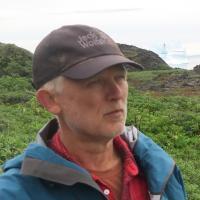Landscape experimentation
Landscape Experimentation aims to enhance the current understanding of the drivers behind carbon (C) and reactive nitrogen (N) magnitudes in biosphere-, atmosphere- and hydrosphere processes.
With stable isotope and tracer approaches, we can achieve breakthroughs in understanding landscape processes related to C and N cycling. Through analysis of landscape patterns of isotopic abundances (D/H, 12C/13C, 14N/15N, 18O/16O), we are able to establish ISOSCAPES. These constitute remarkable tools to map, understand and describe the complexity of biochemical cycles in soil.
Additionally, we will implement unparalleled full-scale experiments with the application of isotope tracers (ISOTRACE) in the soil to study biogeochemical transformations and transport processes across the landscape.
In addition to the field-scale isotope approaches, the landscape experiments also incorporate activities to bring proven laboratory sensor techniques to the field, including environmental parameter visualization approaches, e.g., for pH, NH3, or O2, based on optode sensor techniques.

